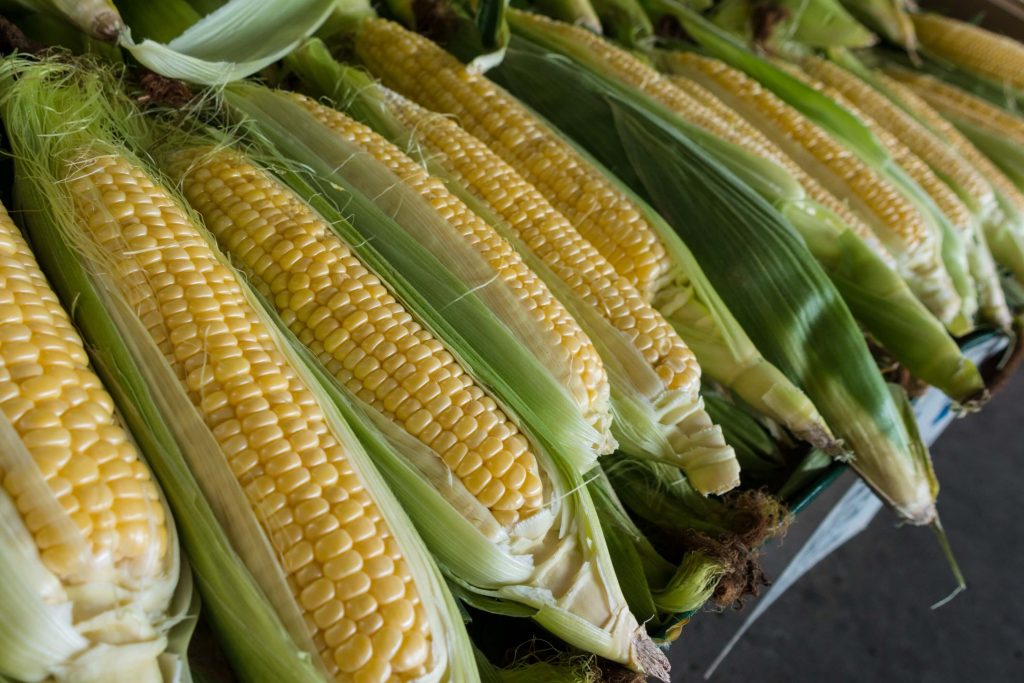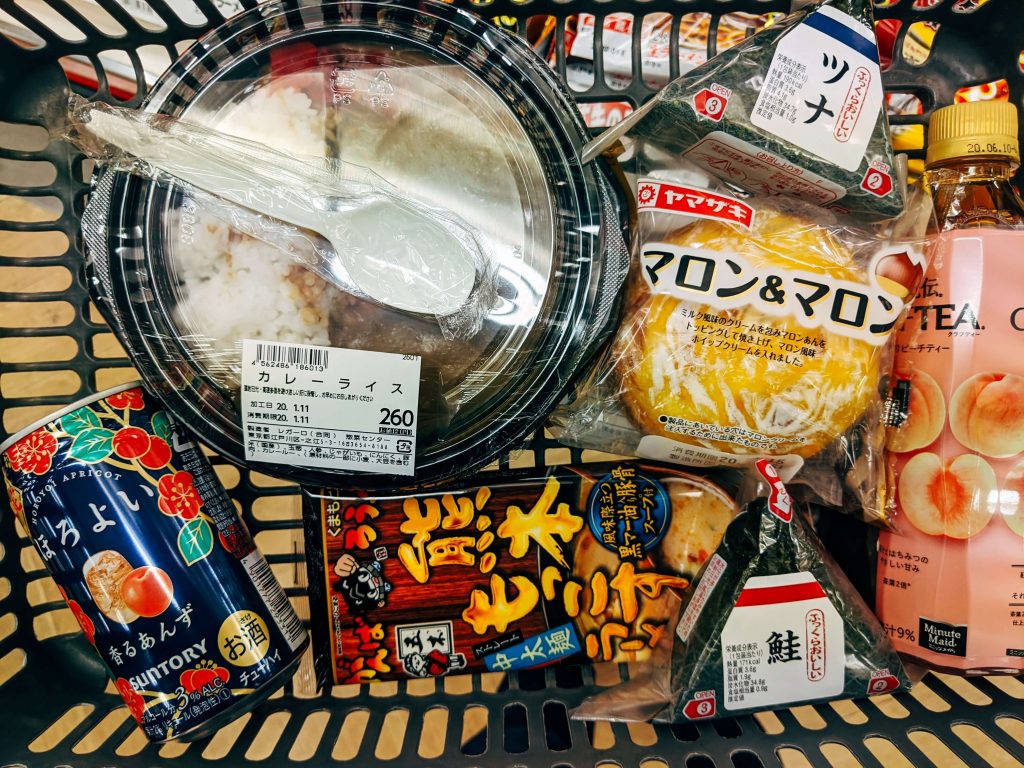Everyone knows how to check the number of calories, fat or carbohydrates when browsing products in the supermarket. But do you pay attention to little-known, taste-enhancing food ingredients, often made in laboratories? See which additives are worth cutting out of your diet and which should raise an alarming red flag in your head
Used in foods to improve flavor and extend shelf life, trans fats are dangerous. They increase bad LDL cholesterol while lowering good HDL cholesterol. As a result, they can lead to heart disease, diabetes and many other health problems
When a common fat such as corn, soybean or palm oil is treated with hydrogen and turns into a solid, it becomes a trans fat. So especially avoid fried foods and typical fast food.

This is a highly refined sweetener that is found on a massive scale in processed foods. It contains a lot of calories, so it can lead to excessive weight gain. Like trans fats, it also raises bad cholesterol levels and significantly increases the risk of diabetes.
Although chemically similar to table sugar (sucrose), this cheaper alternative is a highly processed form of glucose, converted to fructose. What does this mean for our health? Some studies have shown that glucose-fructose syrup inhibits leptin, the hormone that signals the brain that we are already full, and this can lead to a false sense of constant hunger.
These preservatives are found in cereals, but also in chewing gum and potato chips. When consumed in large quantities, BHA and BHT can wreak real havoc on the body. They interfere with the nervous system and produce carcinogenic compounds. These are probably enough arguments to try to limit them in your diet?
That is, synthetic preservatives used to inhibit mold and yeast in food. The problem is that parabens can also disrupt the body’s hormonal balance
Nitrites and nitrates inhibit the growth of bacteria that cause botulism. Additionally, they provide a pink tint to meat. Unfortunately, nitrites can combine with amino acids found in meat to form nitrosamines, powerful carcinogenic compounds

However, ascorbic acid and erythrobic acid have been shown to reduce this risk, so many companies are adding one or both acids to their products. Studies have shown that such measures have produced satisfactory results. Still, it’s worth reducing your meat intake, if only for the planet
This additive wouldn’t be dangerous if you made it the old-fashioned way, which is by boiling sugar water on the stove. However, the food industry uses a different recipe. It combines sugar with ammonia, which can lead to carcinogens. So give up sugary sodas, although perhaps the recently imposed sugar tax will effectively give them up for you

Many fruit candies and sugary cereals rely on artificial colors and flavors. Such ingredients not only allow manufacturers to mask the gray, unattractive color of heavily processed foods, but they also cause a number of ailments. Scientists say, for example, that yellow dye can cause hyperactivity in children and red dye can increase the risk of cancer.
This is plant protein that has been chemically broken down into amino acids. It is used as a flavor enhancer. One of these acids, glutamic acid, can release free glutamate, which combines with sodium in the body to form monosodium glutamate. The additive causes adverse reactions such as headache, nausea and weakness

If MSG is added directly to products, the manufacturer should include it in the ingredients list. You’ll find it in Chinese soups, fast food, some diet drinks and salad dressings, among other things.
This is an indigestible fat substitute that is mainly used in fried and baked foods. Studies have shown that olestra can inhibit the absorption of certain nutrients, plus cause unpleasant gastrointestinal symptoms, including diarrhea, gas and stomach cramps
Remember: the point is not to run to your fridge or kitchen cupboards and throw out everything that contains these additives. But it is worthwhile for you to pay attention to the key ingredients in the products you buy and see if there are better alternatives